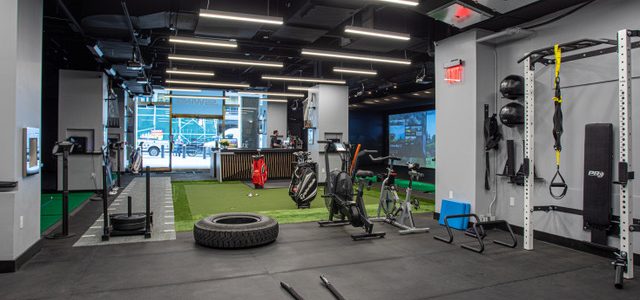Scott Young
Founder
SSWING
245 Park Avenue
New York, NY
Interview with Matt Ward
BACKGROUND:
THE YOUNG STORY:
I spent seven years on crutches and was confined to a wheelchair as a kid because no one found solutions for my joints that ironically had too much mobility with literally no stability.
Upon finding my own solutions, and picking up the game at 18, I reduced my handicap to a one handicap in a year and then enjoyed a decade traveling the globe as a full-time touring golf professional.
Combining life on the road, my history of medical complications and ultimately self diagnosed solutions, plus receiving the constant feedback that golfers do not understand, nor have control of their golfing journey, SSWING was born. It provides the platform that hands control of improvement back to the golfer and delivers fundamental improvement across every facet for the greatest game one can play.
You wake up in the morning — what’s the driving passion?
What was the genesis for SSWING?

What differentiates your efforts at SSWING versus that of your competitors?
We categorically deliver improvement in golf performance. Every experience at SSWING is geared to create a path to improvement.
From your vantage point what’s the percentage level of quality teaching taking place today?
Who is your customer and how are you attempting to reach others to make them aware of what you’re doing?
Golfers who want to learn and improve are my customer – ability being irrelevant. I’ve been teaching here in New York City for 15 years and initially we relied on word of mouth referrals but now we are actively using targeted digital ads via collaborations and social media to promote the vision of SSWING.
Finding the right teacher is a daunting process for any golfer — outline briefly the key steps you recommend to those on this pathway.
Find a golf professional who understands the how and why of the process. Movement is key and is the most important factor in golf performance improvement. Not one focused on the result such as grip, plane, ball flight etc, etc.
Teaching golf today can mean in the usage of many tools — when does instruction become “paralysis by analysis” and how do you avoid such situations when interacting with students?
I always ask what sports my golfers grew up playing — if that golfer suggests a level of baseball or cricket. After we change their path to the inside — a technical lesson — I may pivot and ask the golfer to “feel like they are hitting the ball to 3rd base” or “over square leg umpire.” Being able to pivot and deliver information in a variety of styles makes a great coach.
Golfers are always searching to improve themselves but how important is it for total candor to be front and center when teacher and student intersect — specifically on the work it will take to attain such goals?
I rely on metrics to define improvement and improvement can be immediate. I believe golfers stagnate their improvement when they lose the control of either face orientation, path or a little of both. So to answer the question a little differently, if a golfer doesn’t improve or doesn’t take the improvement to the course they are not taught correctly.


